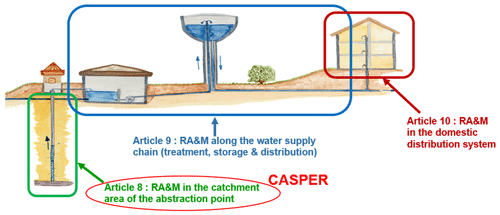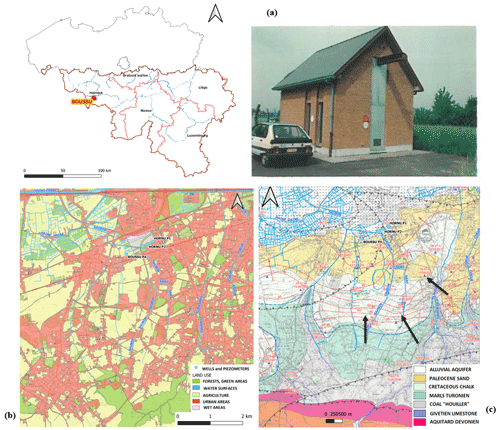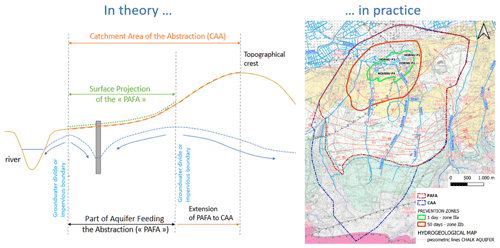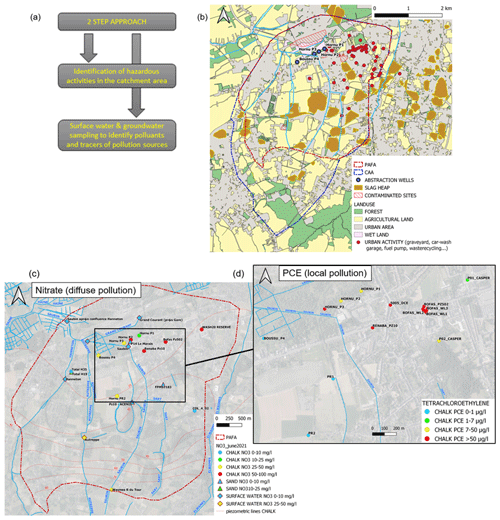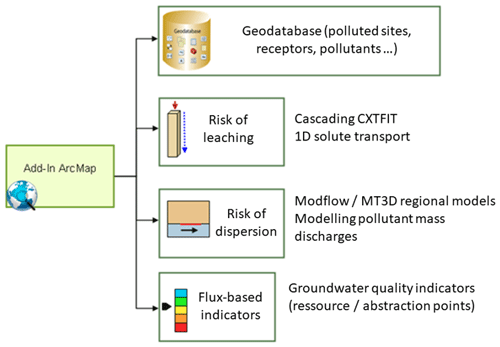The CASPER project: an integrated approach for pollution risk assessment in peri-urban groundwater catchment areas
In 2020, the European Union has established a recast of the 1998 EU Directive on the quality of water intended for human consumption, hereafter called Drinking Water Directive – DWD. One of the most significant innovative point in this recast is the introduction of an innovative “complete risk-based approach to water safety, covering the whole supply chain from the catchment area, abstraction, treatment, storage and distribution to the point of compliance” (article 7). In practice, a 3-level risk assessment and risk management is expected: (1) at the level of the catchment area (article 8), (2) at the level of the water supply systems (article 9) and (3) at the level of the domestic distribution system (article 10). In this context, the CASPER project, funded by SPGE in the Walloon Region of Belgium, aims at developing an integrated approach for the evaluation and management of pollution risks for peri-urban groundwater catchments. The approach, which fully complies with the requirements of the DWD recast, consists of several key components. First, point and diffuse pollution sources are identified in the groundwater catchment area based on a mapping of hazardous activities combined with a specific groundwater monitoring survey aiming at identifying specific tracers of such sources of pollution. In a second step, risks associated to each of the identified source of pollution is estimated based on the measurement of pollutant mass fluxes and mass discharges downgradient these sources. Finally, a groundwater flow and transport model is developed at the scale of the groundwater catchment area, with the aim of evaluating the cumulative effect of the multiple sources on groundwater quality deterioration in the catchment and at the abstraction points. The objective here is to describe the CASPER approach and to illustrate it using ongoing investigations in a peri-urban groundwater catchment exploiting groundwater from a chalk aquifer in Western Belgium.





